-
Misinformation is everywhere these days, and machine safety misunderstandings are putting facilities – and their employees – at risk for accidents. Safety misconceptions are rising, in part, due to experienced workers retiring in large numbers, with few mid-career workers to inherit their knowledge. That void of accessible and credible engineering expertise puts human lives at risk, and is why we're busting the top ten machine safety myths found in many manufacturing facilities.
Skip to a section:
Myth #1 | Myth #2 | Myth #3 | Myth #4 | Myth #5 | Myth #6 | Myth #7 | Myth #8 |
Myth #9 | Myth #10 | Summary | Resources + Info
Myth #1: If a machine is new, it must be compliant
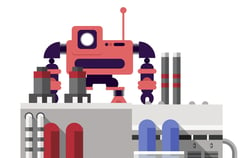 False. Generally, OEMs have no legal requirement to implement safety measures on their products. This is mainly due to cost, as safety integrations may make them less competitive. Additionally, safety isn't usually a core competency for these companies, so they avoid designing safety solutions when they have little expertise.
False. Generally, OEMs have no legal requirement to implement safety measures on their products. This is mainly due to cost, as safety integrations may make them less competitive. Additionally, safety isn't usually a core competency for these companies, so they avoid designing safety solutions when they have little expertise.
This means safety measures are the end user's responsibility, who, of course, also face the need to minimize costs (which, unfortunately, can lead to companies cutting corners on their safety systems). Nevertheless, poorly designed safety systems can lead to severe injuries or even death, so there's no excuse for putting someone's life in danger.
Myth#2: Safety is too pricey and reduces productivity and efficiency by adding extra steps to critical procedures
 Costs from accidents – which could easily triple the initial investment in safety infrastructure – immediately demonstrate the falsehood of the above statement. These costs not only include fines and workers' compensation, but also lost productivity from low morale. Injuries obviously affect the injured person, but also traumatize employees who witnessed the accident and demoralize workers who learned of it second-hand. The stress of the event and resentment towards the employer – particularly if they're found to have knowingly ignored safety standards – likely lead to higher turnover and apathy.
Costs from accidents – which could easily triple the initial investment in safety infrastructure – immediately demonstrate the falsehood of the above statement. These costs not only include fines and workers' compensation, but also lost productivity from low morale. Injuries obviously affect the injured person, but also traumatize employees who witnessed the accident and demoralize workers who learned of it second-hand. The stress of the event and resentment towards the employer – particularly if they're found to have knowingly ignored safety standards – likely lead to higher turnover and apathy.
As for safety measures impacting overall productivity, manufacturers need to note machine safety measures can be designed in ways that don't impact efficiency. An example would be an application using a safety laser scanner to minimize downtime in areas with collaborative robots. In this case, if a worker enters the cobot's work area, the safety laser scanner will trigger a reduced speed mode causing the cobot to slow down to a safe operating level. When the employee leaves the area, the cobot returns to its faster speed.
Myth #3: Strict administrative controls and comprehensive employee safety training can replace safety engineering
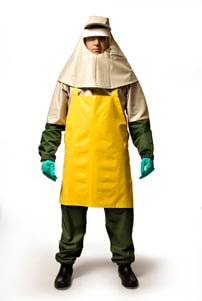 Some manufacturers mistakenly believe they can substitute engineered safety solutions with more training, and stricter guidelines for employee PPE (personal protective equipment) and behavior around dangerous machines. Although PPE and training are both necessary, administrative controls alone do not constitute a proper solution. It's not enough to change the way employees work; safety measures are needed to physically prevent them from entering the hazardous zone.
Some manufacturers mistakenly believe they can substitute engineered safety solutions with more training, and stricter guidelines for employee PPE (personal protective equipment) and behavior around dangerous machines. Although PPE and training are both necessary, administrative controls alone do not constitute a proper solution. It's not enough to change the way employees work; safety measures are needed to physically prevent them from entering the hazardous zone.
The hierarchy of controls published by the National Institute for Occupational Safety and Health (NIOSH) is the foundation of machine safety guidelines and lists administrative controls and PPE as the least effective ways to mitigate risk. "Elimination" (physically removing the hazard) and "substitution" (replacing the hazard ) are the most effective measures but can be impractical. Engineering controls are the best middle ground for protecting operators from hazardous machine motion.
|
Myth #4: You can "grandfather in" older machines so they don't need safeguarding
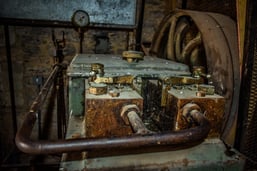 Retrofitting safety systems onto legacy equipment can be challenging, and some manufacturers think older equipment doesn't need to meet the same standards as newer equipment. They may believe since older machines were built before some safeguarding standards came into existence, they are justified in their decision not to implement engineering controls. But this myth can easily lead to a standards violation and possibly a severe accident.
Retrofitting safety systems onto legacy equipment can be challenging, and some manufacturers think older equipment doesn't need to meet the same standards as newer equipment. They may believe since older machines were built before some safeguarding standards came into existence, they are justified in their decision not to implement engineering controls. But this myth can easily lead to a standards violation and possibly a severe accident.
When it comes to current machine guarding standards, no equipment is exempt, thus the so-called "grandfather clauses" do not exist for machine safeguarding. However, an exemption does exist under some robot standards, and it applies only to a robot's safety circuit integration. This narrow exemption has led to some confusion as manufacturers mistakenly interpret it more generally. When you get to its root, the cost is the underlying reason for the resistance to retrofitting legacy equipment with current standards-compliant safeguarding.
Myth #5: If you're a smaller company, some safeguarding exemptions apply
 Smaller manufacturers typically have less cash on hand than more prominent manufacturers and may believe their rules don't apply in the same way, which is false. All companies must safeguard their machines adequately and protect the lives of their employees.
Smaller manufacturers typically have less cash on hand than more prominent manufacturers and may believe their rules don't apply in the same way, which is false. All companies must safeguard their machines adequately and protect the lives of their employees.
What may differ, depending on company size, is the amount a company pays in cases of safety violations. In general, regulatory agencies use enforcement actions to motivate compliance rather than as a punitive measure. As a result, regulatory bodies usually have discretion in the nature and size of enforcement actions. For example, they can issue a warning, fine, or – in extreme cases – lockout non-compliant equipment. To determine the appropriate enforcement, agencies look at the seriousness of the infraction, whether it's a repeat violation, and determine what will motivate the offending company (within statutory limitations) to bring its equipment into compliance.
Myth #6: When several machines are identical, you only need to do a risk assessment for one of them
 This is not necessarily true and really depends on the machine's complexity. Even seemingly minor differences between machines and their relative position to one another could change a risk assessment's outcome. For example, adding a small step to one of several otherwise identical machines could be enough to place a worker in harm's way.
This is not necessarily true and really depends on the machine's complexity. Even seemingly minor differences between machines and their relative position to one another could change a risk assessment's outcome. For example, adding a small step to one of several otherwise identical machines could be enough to place a worker in harm's way.
Myth #7: If a machine had a risk assessment performed before moving to a new location, there's no need to do another
 Like myth #6, this depends on the machine's complexity, as moving to a new location could require a new risk assessment. When assessing machine hazards, experts use the "AUTO" system to see if a worker can reach around, under, through, or over a safeguarding device and reach a hazard. When assessed at its original location, there may have been a wall or another structure to block access to a hazard partially. Once placed in a new area, its surroundings may not block access and allow employees to reach the hazard. A new location may also include nearby steps that allow someone to reach over a guard. As you can see, "location, location, location" applies to more than just real estate!
Like myth #6, this depends on the machine's complexity, as moving to a new location could require a new risk assessment. When assessing machine hazards, experts use the "AUTO" system to see if a worker can reach around, under, through, or over a safeguarding device and reach a hazard. When assessed at its original location, there may have been a wall or another structure to block access to a hazard partially. Once placed in a new area, its surroundings may not block access and allow employees to reach the hazard. A new location may also include nearby steps that allow someone to reach over a guard. As you can see, "location, location, location" applies to more than just real estate!
Omron Automation fully investigates the causes of machine safety misconceptions and presents them in a white paper format to help you better understand this important topic. Download it today for free!
|
Myth #8: A gate and padlock is an acceptable way to prevent access to a hazard
 This is false. Movable guards protecting against hazards must be interlocked to signal for movement to stop. Fixed guards should be secured permanently (by welding, for instance) or using tamper-resistant fasteners that make it impossible to open, even with tools readily available on the manufacturing floor. Since guards must never remain closed without fasteners, a gate must be fastened shut or interlocked.
This is false. Movable guards protecting against hazards must be interlocked to signal for movement to stop. Fixed guards should be secured permanently (by welding, for instance) or using tamper-resistant fasteners that make it impossible to open, even with tools readily available on the manufacturing floor. Since guards must never remain closed without fasteners, a gate must be fastened shut or interlocked.
Myth #9: Performance requirements for safety measures stop at the wire
 This misconception has to do with how various energy sources must be safeguarded. For example, many believe safeguarding is only necessary when the energy source is electrical. But in reality, all hazardous energy sources need to be "single-fault tolerant," including hydraulic and pneumatic sources.
This misconception has to do with how various energy sources must be safeguarded. For example, many believe safeguarding is only necessary when the energy source is electrical. But in reality, all hazardous energy sources need to be "single-fault tolerant," including hydraulic and pneumatic sources.
Myth #10: Safety is something you take care of once, and it's done
 This is entirely false. Safety is an ongoing need, and companies must perform regular risk assessments to meet current safety standards. Standards evolve to make workplaces safer, and manufacturers must stay up to date and protect their employees.
This is entirely false. Safety is an ongoing need, and companies must perform regular risk assessments to meet current safety standards. Standards evolve to make workplaces safer, and manufacturers must stay up to date and protect their employees.
Summary
Hopefully, this clarifies the need to see past common safety misconceptions and helps you understand what's needed to protect workers in manufacturing environments. It's often not feasible to remove a hazard altogether, which is why manufacturers must apply appropriate engineering controls to isolate the danger source from the worker. There's no justification for cutting corners in safety, and it's not worth the risk (and financial penalties) of serious accidents. A thorough and routinely updated safeguarding solution is always a worthwhile investment.
 If you have any questions about your machine safety application, reach out to one of our machine safety specialists at Airline's machine safety division, MPSA Group.
If you have any questions about your machine safety application, reach out to one of our machine safety specialists at Airline's machine safety division, MPSA Group.
Related Articles & Resources
Download Omron's Machine Safety Myth Whitepaper
Explore More Machine Safety Articles
Explore MPSA's Machine Safety Website
Contact MPSA





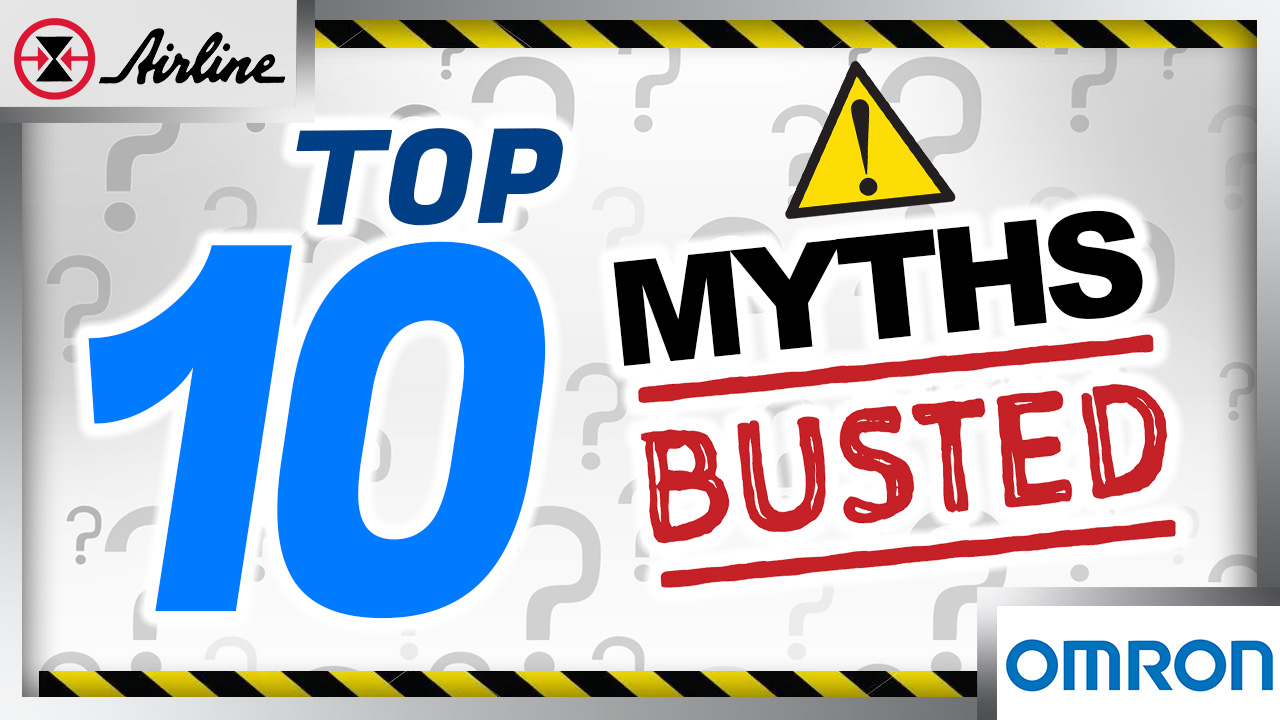
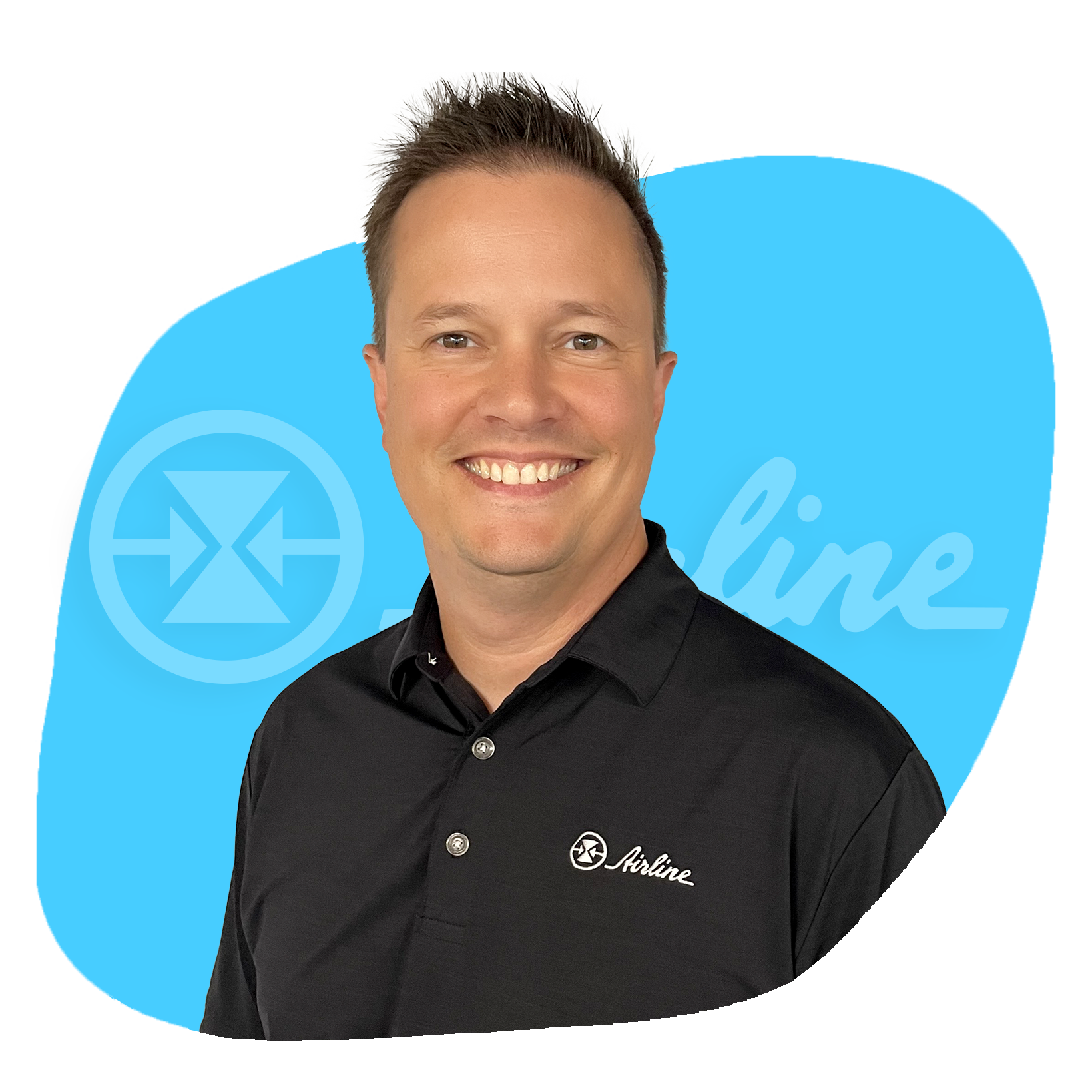



Leave Comment